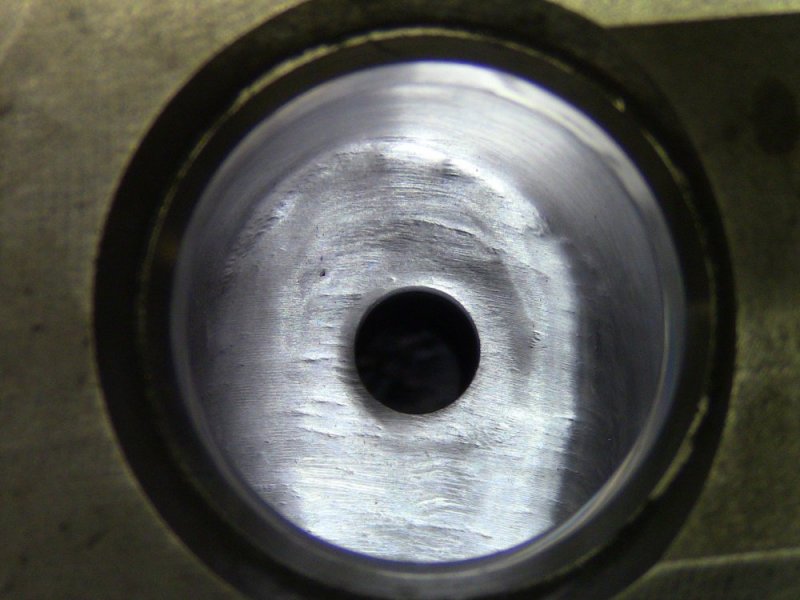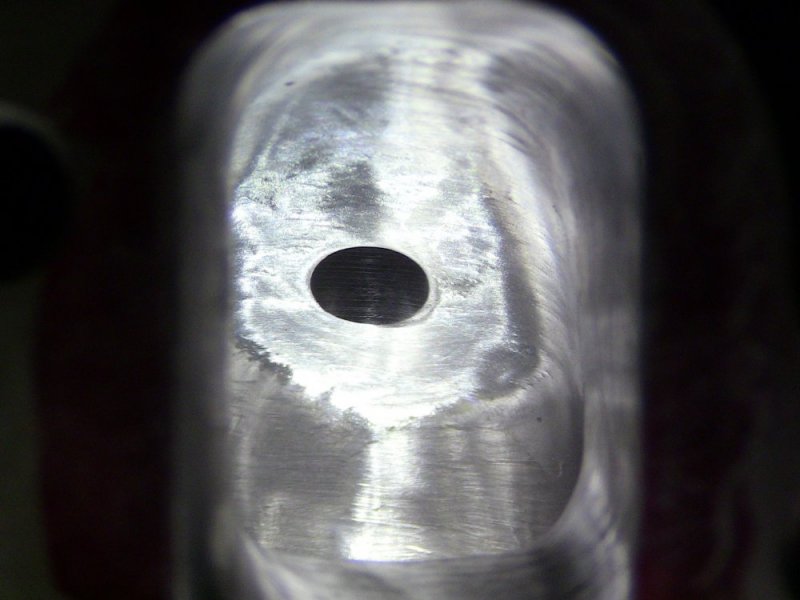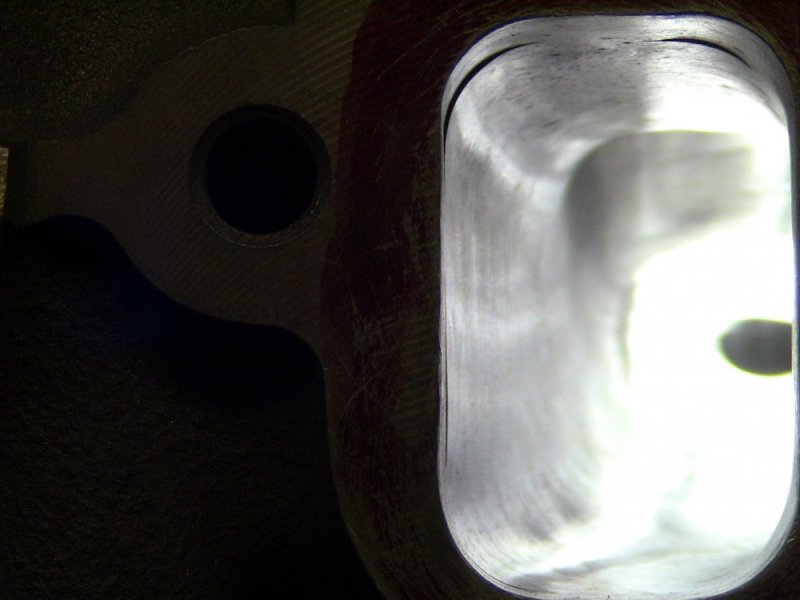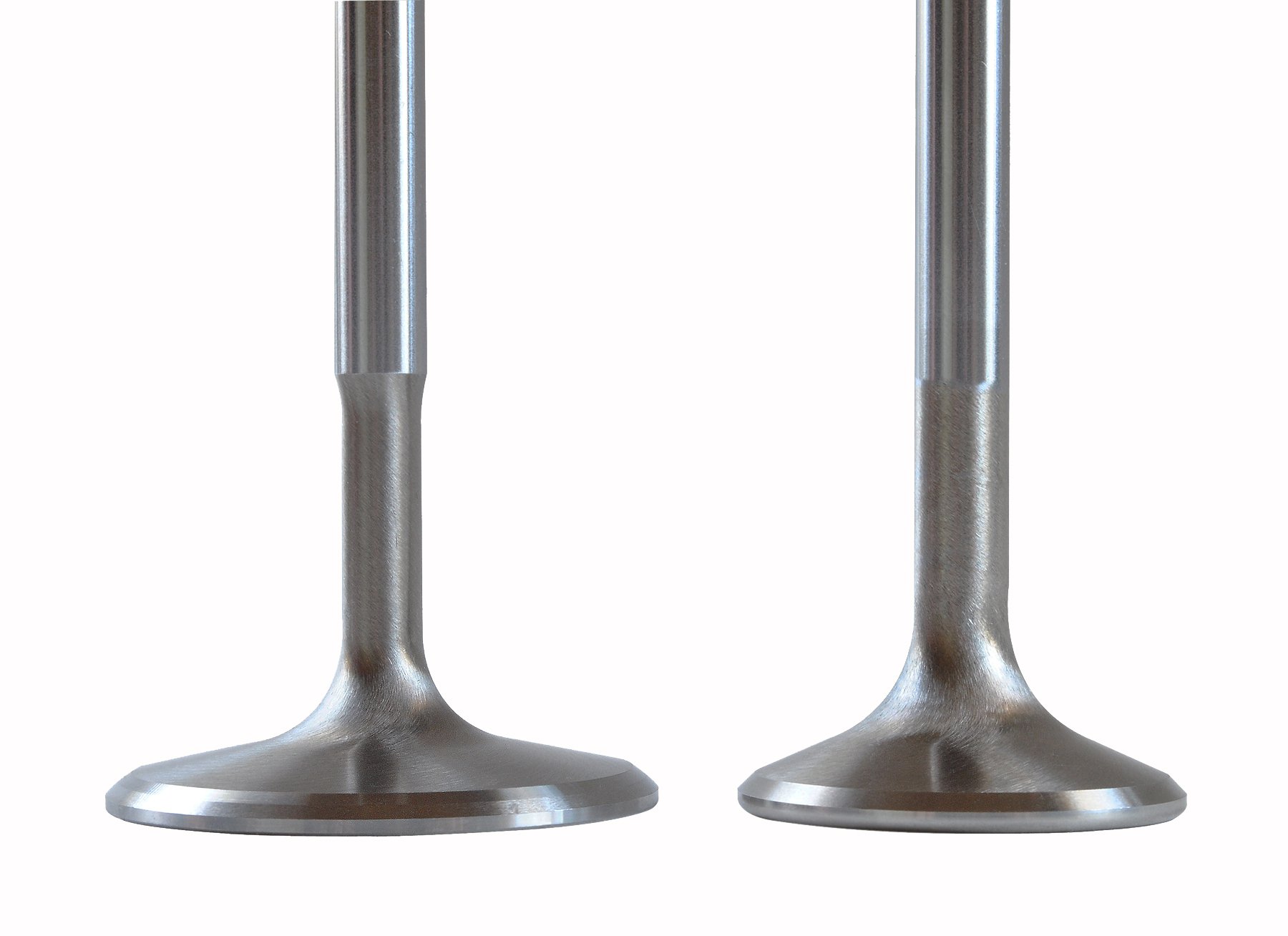schiker
Well-Known Member
So looking at your graph Chris it looks like the P400 flows a bit more CFM during earlier lift.
Are you saying looking at the numbers for the P400 for intake CFM vs exhaust CFM.
140/184 *100% = 76.08% still needs 9-10% increase in flow through the exhaust valve / runner to be in known performance range of within 85% of each other ????
And or you would have to look at each point and maybe do a % difference graph line.
I am over my head but am guessing you need to know how each flow test was conducted? What pressure differential was used and at what the CFM correction is used ie pressure and temp. I assume sea level at 78F but may be different temps ie at sea level and 70F and that might be an appreciable difference. Not in the same graph as much as different test different benches etc. ?????
Are you saying looking at the numbers for the P400 for intake CFM vs exhaust CFM.
140/184 *100% = 76.08% still needs 9-10% increase in flow through the exhaust valve / runner to be in known performance range of within 85% of each other ????
And or you would have to look at each point and maybe do a % difference graph line.
I am over my head but am guessing you need to know how each flow test was conducted? What pressure differential was used and at what the CFM correction is used ie pressure and temp. I assume sea level at 78F but may be different temps ie at sea level and 70F and that might be an appreciable difference. Not in the same graph as much as different test different benches etc. ?????




